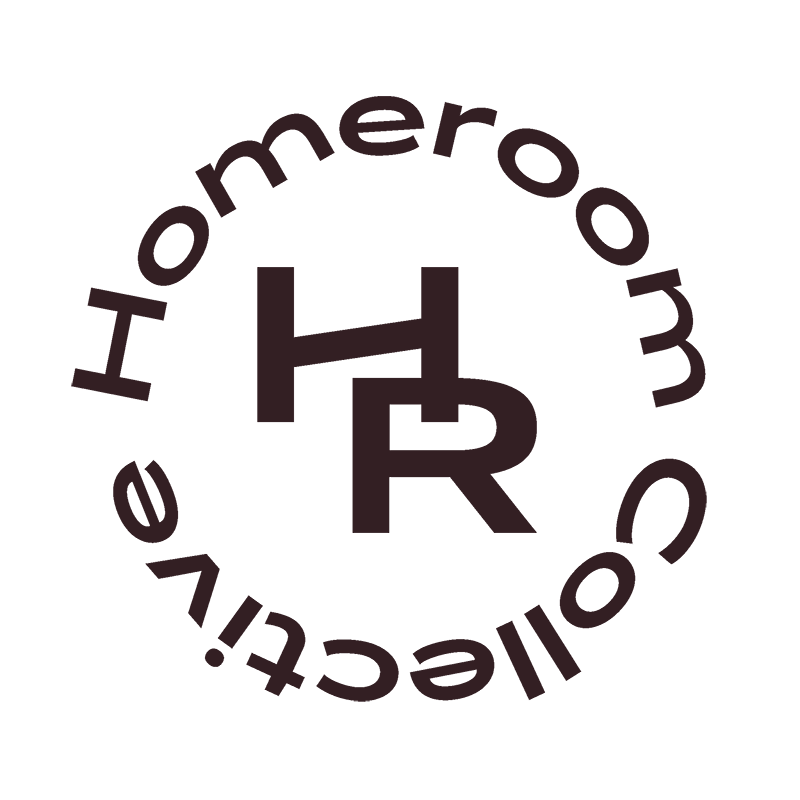
Ariana Allensworth, Cultural Worker
Ariana Faye Allensworth (she/her) is an artist and strategist whose work explores the connections between cultural production and radical social change. She has over 10 years of experience building and leading programs in museums and non-profit settings, with a primary focus on arts education and organizational development. She currently works as a Senior Design Lead at IDEO and has previously held positions at The International Center of
Photography, The Center for Cultural Power, Cultural Engagement Lab, Youth Speaks, and New Design High School. Ariana is also a founding member of the NYC chapter of the Anti-Eviction Mapping Project. Born and raised in San Francisco, she currently lives and organizes in Brooklyn.


1. What inspired you to get into your line of work?
My line of work has been somewhat hybrid — spanning housing justice, cultural programming, administration, youth work — but it often revolves around creating spaces for both individual and collective transformation. I build upon interests in liberatory education, visual culture, spatial politics, and community-based research. It’s hard to pinpoint exactly what inspired my professional path, but I think growing up in San Francisco really formented my understanding of the inherent connections between art and community power. My career foundations are in social work, which also really molded the values that drive my work. Social workers continue to be some of my greatest mentors and the remit of the profession to bring an intersectional approach to anti-oppression continues to guide me even though I’m no longer working in a traditional social work setting.
2. What is one thing about your industry you want to change?
Creating conditions for BIPOC workers, artists, and audiences to belong and thrive in cultural institutions is something I want to see change. The art world is inaccessible in so many ways and many folks don’t sustain careers in this field because it’s so white and elitist. 2020 really magnified fundamental imbalances of power in the arts ecosystem. While it was refreshing to
see many institutions suddenly come into consciousness about their commitment to anti-racism last year, the unseen toll that white dominant organizational culture takes on BIPOC arts workers cannot be overstated. The “diversity tax” is real, ya’ll.
3. What is something that is giving you hope right now?
Young people will forever and always be my greatest teachers and source of inspiration!
4. When you were little, what did you want to be when you grew up?
I don’t have any concrete memories of what my career aspirations were as a kid but I think for a while it was photography. I was a really shy kid and I think having a camera gave me a great
excuse to connect with my peers. In middle school, I used to borrow my mom’s point-and-shoot camera and pose my classmates on the school grounds. I didn’t come back to photography until much later in life but I think those early experiences of using the camera to create community left a lasting impression on me.
5. When do you feel most yourself?
I’m a Gemini moon, I crave connection, conversation, and intellectual stimulation. I feel most myself when I’m learning something new. Some of the ways that shows up is in the nerdiness and joy I get out of researching, seeking out new learning communities, and externally processing the messy questions with loved ones who push my thinking. Isolation is often a byproduct of oppression and staying intellectually connected with others helps me come back to myself.

